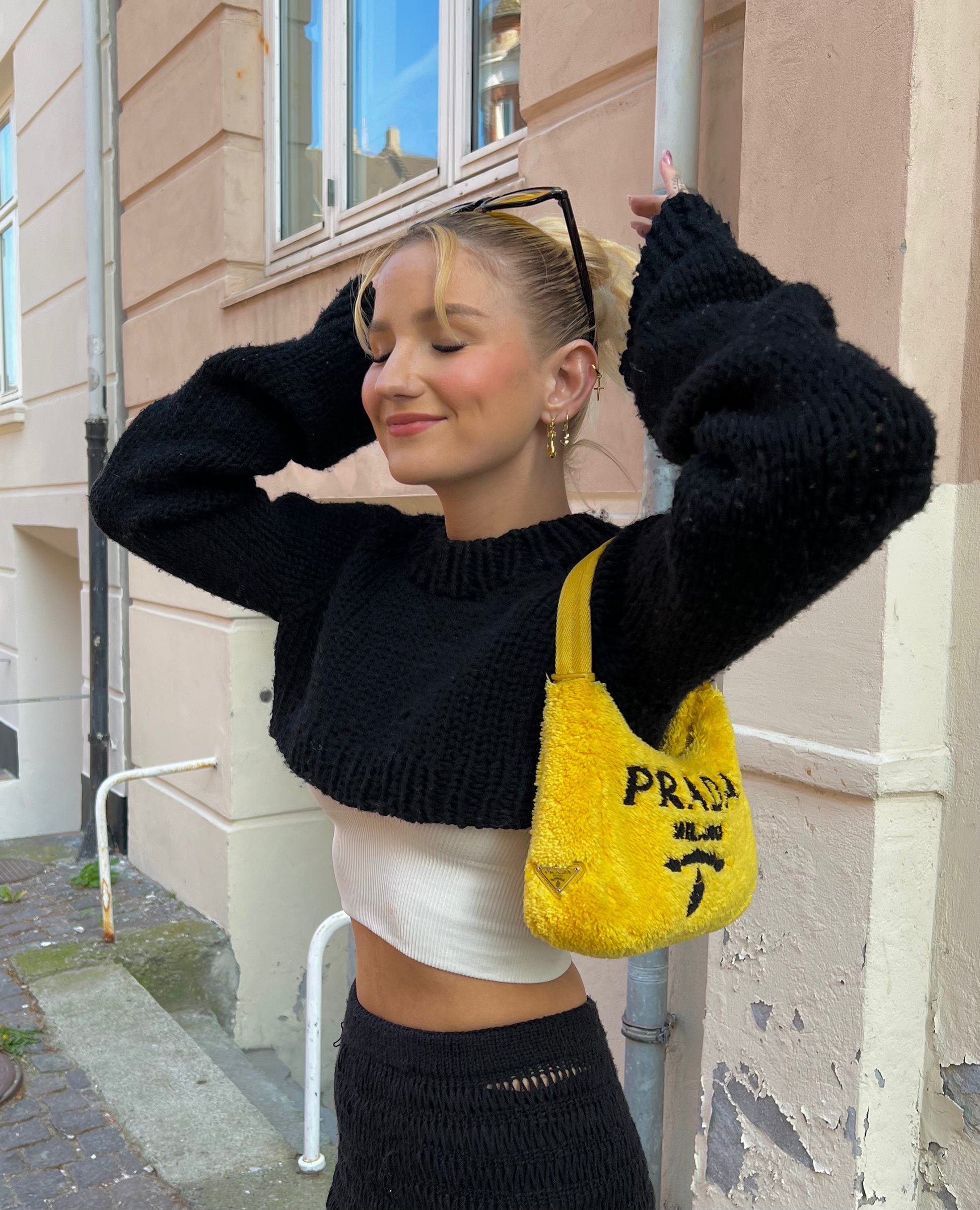Unlucky Knits
The Itty Bitty Titty Top
The Itty Bitty Titty Top
Couldn't load pickup availability
THIS ITEM IS A DIGITAL KNITTING PATTERN
When purchasing this item, you will receive a link via e-mail, allowing you to download the knitting pattern as a .pdf file.
View full details





INFO
SIZING
SIZES
XXS (XS) S (M) L (XL) 2XL (3XL) 4XL (5XL)
MEASUREMENTS
Your bust circumference in cm: 74-79 (80-84) 85-90 (91-99) 100-109 (110-119) 120-129 (130-139) 140-149 (150-159)
This garment has a positive ease of approximately 10 cm. Choose a size to knit based on your measurements, and the garment will fit you as intended.
CUSTOMIZING
Not all bodies look alike - thankfully! So, the intended fit of a garment might not fit everyone equally well. Unlucky Knits patterns always include a "Customization Guide" with tips on how to adapt the garment to fit you perfectly.
MATERIALS NEEDED
NEEDLES AND WIRES
Circular needles 8 mm [US 11]
Circular needles 10mm [US 15]
Wires, length 40, 60 and 80/100 cm
(note: wire length is the total length including needles)
Wool needle for weaving in loose ends
YARN
Recommended yarn type: Wool
Meterage: 106 meters pr. 50 grams
Strands: Knit with 3 strands of yarn held together
Amount needed: 450 (450) 500 (550) 600 (650) 700 (750) 800 (900) grams
YARN ALTERNATIVES
Recommended: Pure wool
Wool is generally available around the world, in loads of wonderful colours. I recommend using pure wool for this project.
Alternative: Merino wool
Merino wool has many of the same qualities as pure wool, and will be perfect to use for this project.
Alternative: Acrylic yarn
Many knitters stray away from using wool yarn, for many different reasons. If you'd prefer to not use wool, acrylic yarn can give the same overall look and is widely available. Please note that the feel and breathability of the sweater won't be the same, though.
Also: you can totally go crazy with mixing and matching colours and yarn for this project! The sweater is worked with 3 strands held together as one, so there's a perfect option to mix and match.
DIFFICULTY
DIFFICULTY: 2/5
This pattern generally contains very few advanced techniques, it offers detailed explanations of the entire process, and is generally clear and easily legible to all.
The pattern does contain abbreviations to certain words (k = knit, p = purl etc.) with a guide explaining the meaning of every abbreviation.
You can always check out the Unlucky Knits guides, if you need help along the way.
Please keep in mind that what some find difficult, you might find easy - and vice versa. The stated difficulty is an estimation based on the techniques needed and feedback from testknitters.






